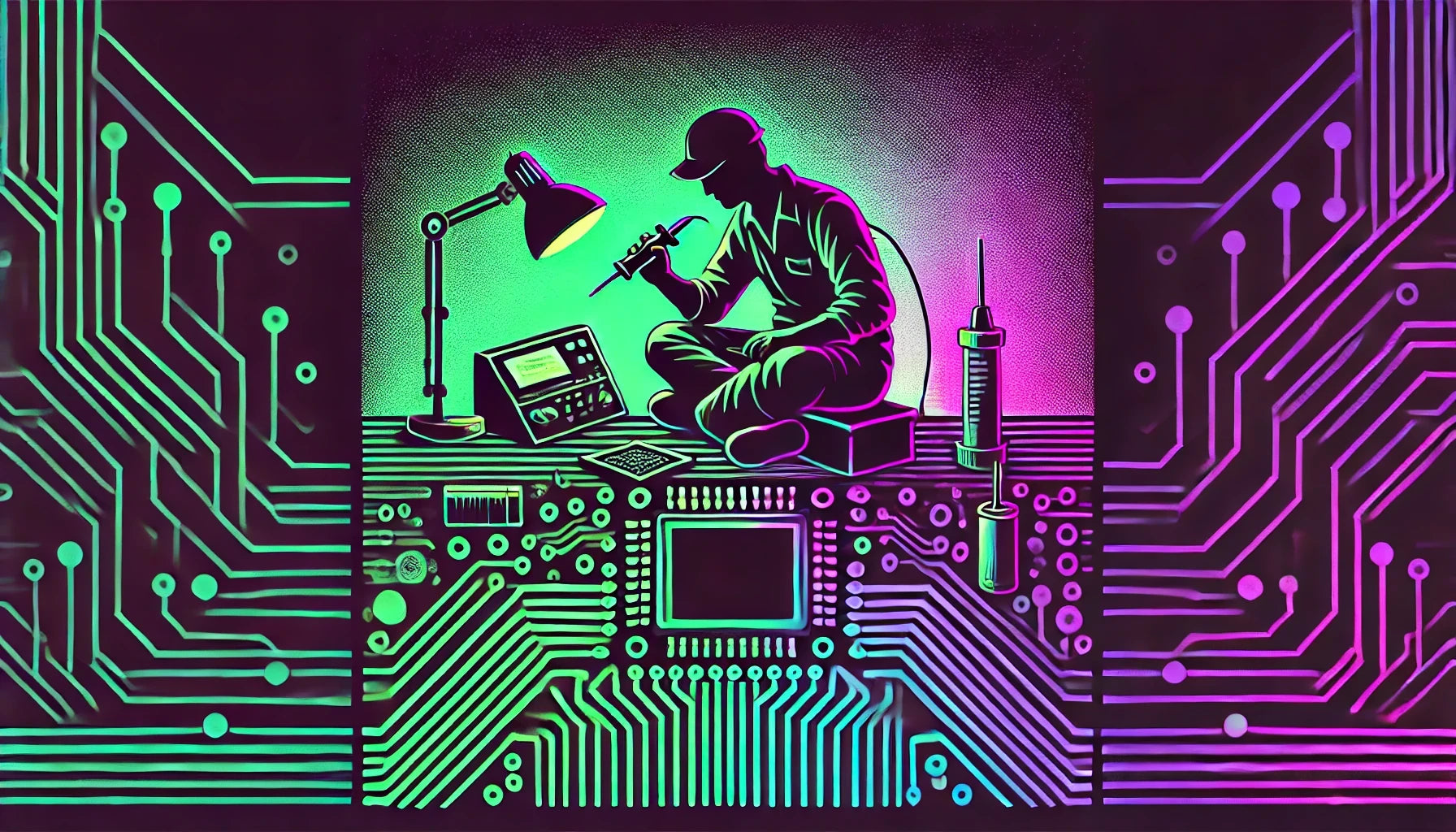Understanding Unhandled Exception: SocketException (OS Error: Connection timed out) in Flutter
When working with Flutter applications, especially those that make network requests, developers might encounter the error message: "Unhandled Exception: SocketException (OS Error: Connection timed out)." Understanding this message is crucial for grasping the implications it has on network interactions within a Flutter app.
- Definition of SocketException: In Flutter, a SocketException indicates a problem with a network connection. A socket is one end of a two-way communication link between two programs running on a network. A SocketException denotes that there's an issue with this communication link, directly impacting the app's ability to send or receive data over the network.
- Connection Timeout: This particular SocketException occurs when a connection attempt to a server takes longer than expected. A timeout period is predetermined, which means if the connection process exceeds this time, it's aborted, triggering this specific error.
- Impact on Application: For an application, when this error arises, any operation that relies on the connection is halted. This means features reliant on external data, like fetching user profiles or streaming content, will not function as intended until a successful connection is established.
- Code Context: The SocketException is generally triggered by asynchronous functions making HTTP requests. A typical manifestation might involve using Dart's `http` library or other similar network-related libraries or APIs in Flutter, such as `http.get()` or custom API request functions. An example usage for context might be:
import 'dart:io';
void fetchData() async {
try {
final result = await InternetAddress.lookup('example.com');
if (result.isNotEmpty && result[0].rawAddress.isNotEmpty) {
// Perform network operations
}
} on SocketException catch (e) {
print('Error: $e');
}
}
Behavior Characteristics: The unhandled part of the exception often hints at a lack of proper error management in code. Handling such exceptions using try-catch blocks is essential to manage the app’s response to network failures gracefully, ensuring a better user experience.
Environmental Factors: External factors can often cause this error. These include server downtime, network instability, incorrect server address, or even local network restrictions (firewalls, proxy settings, etc.). The error message itself is just indicative of a timeout, and not definitive of the underlying issue.

























